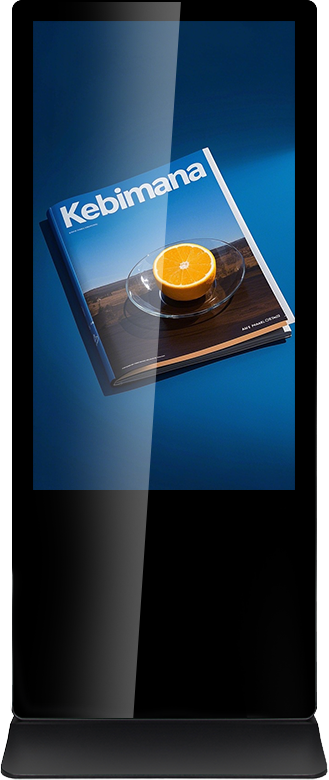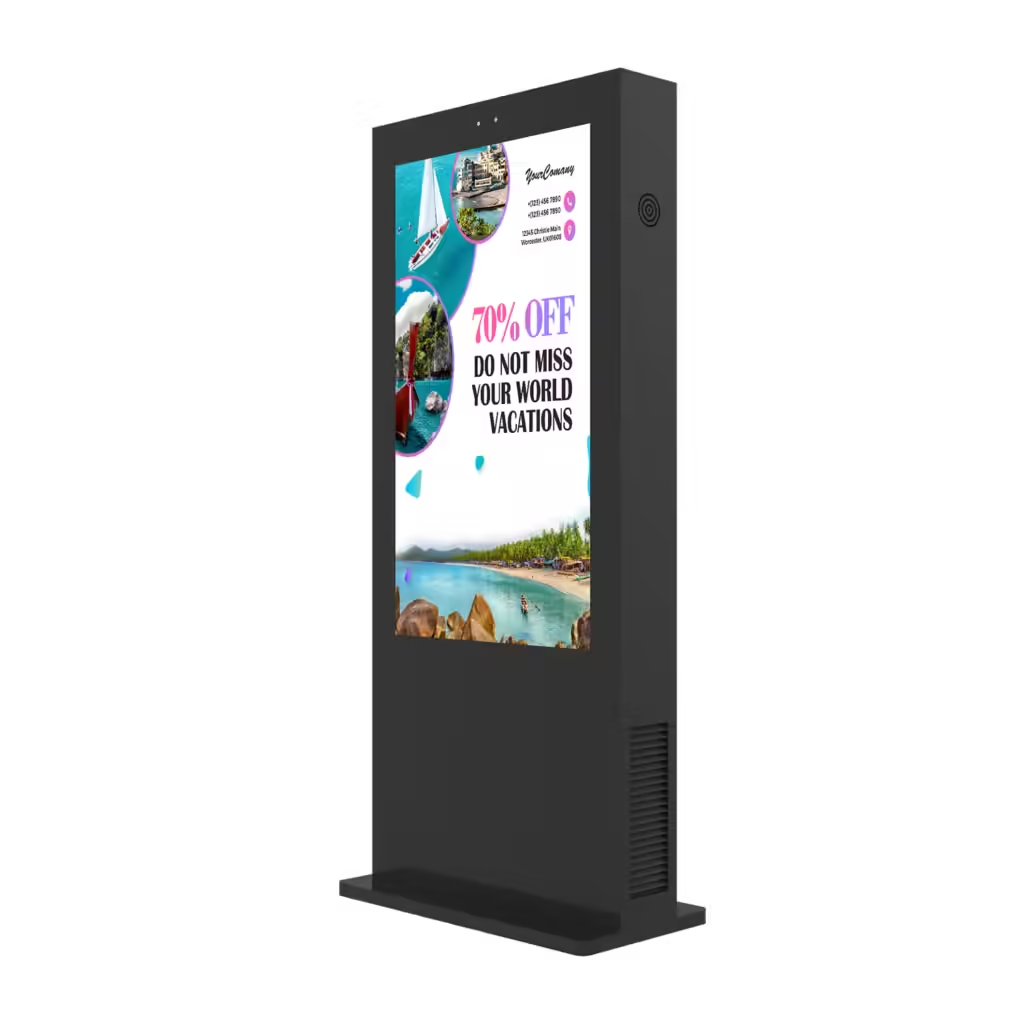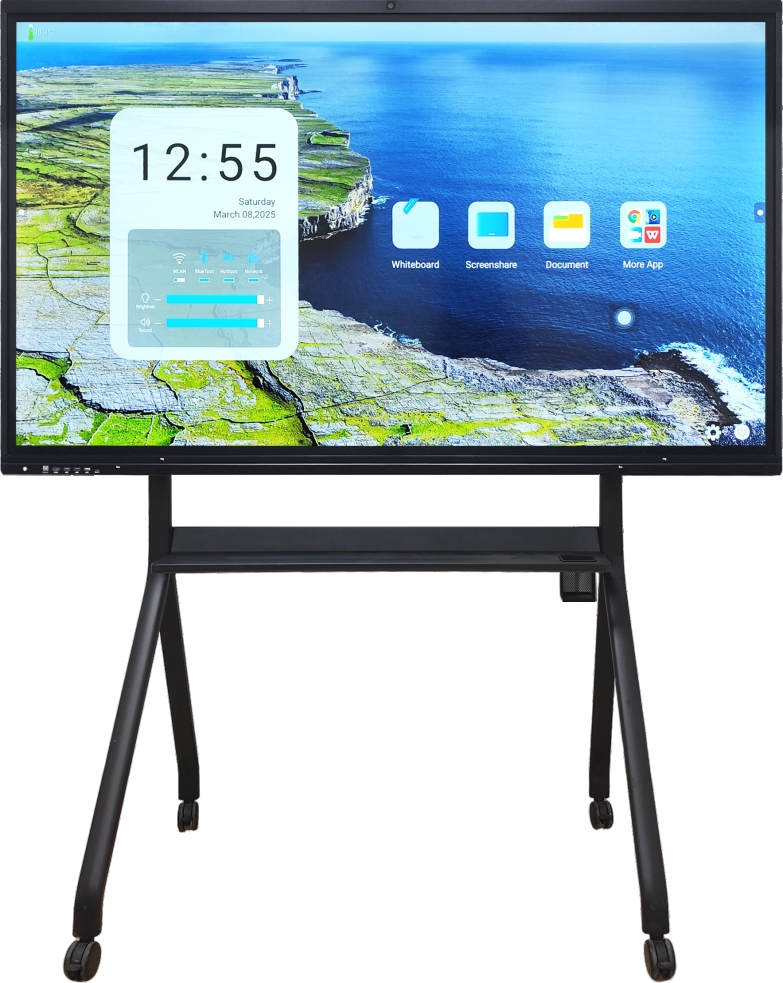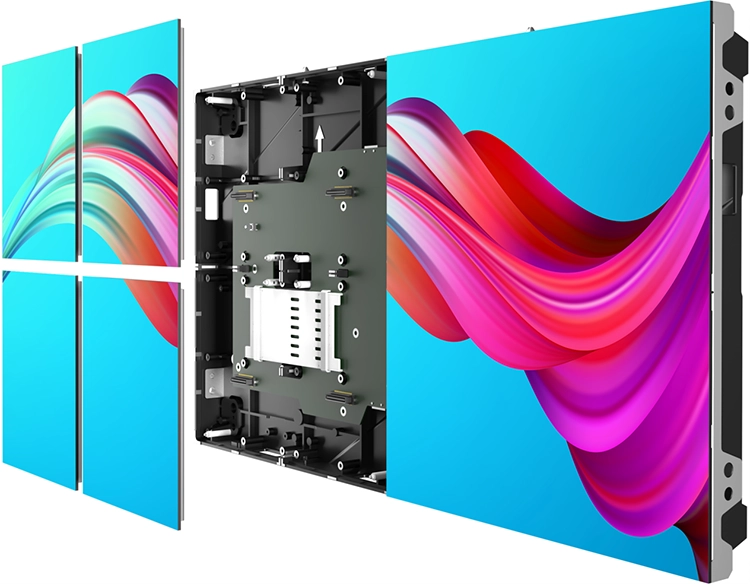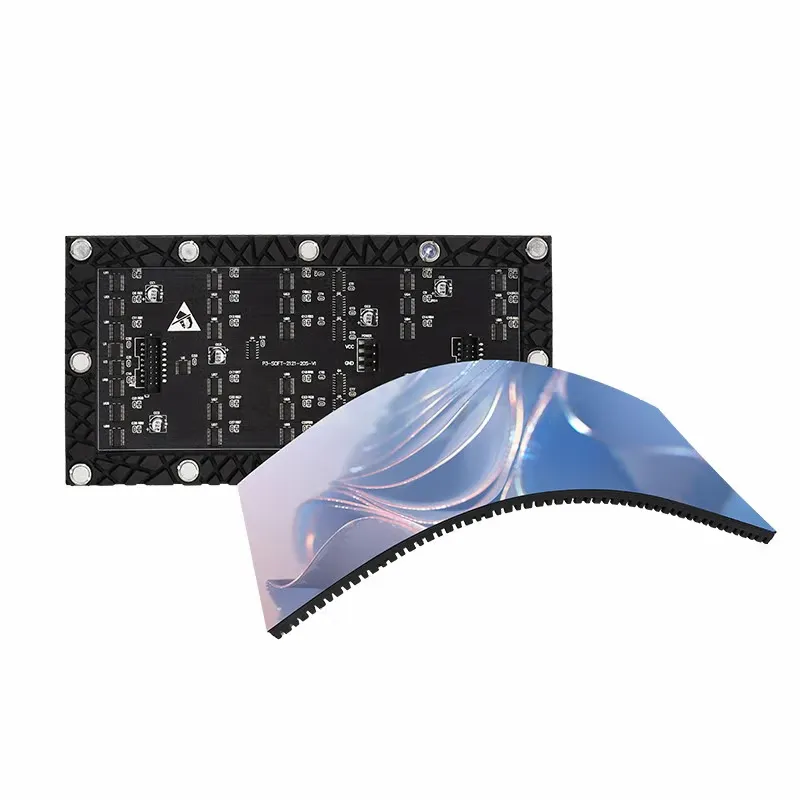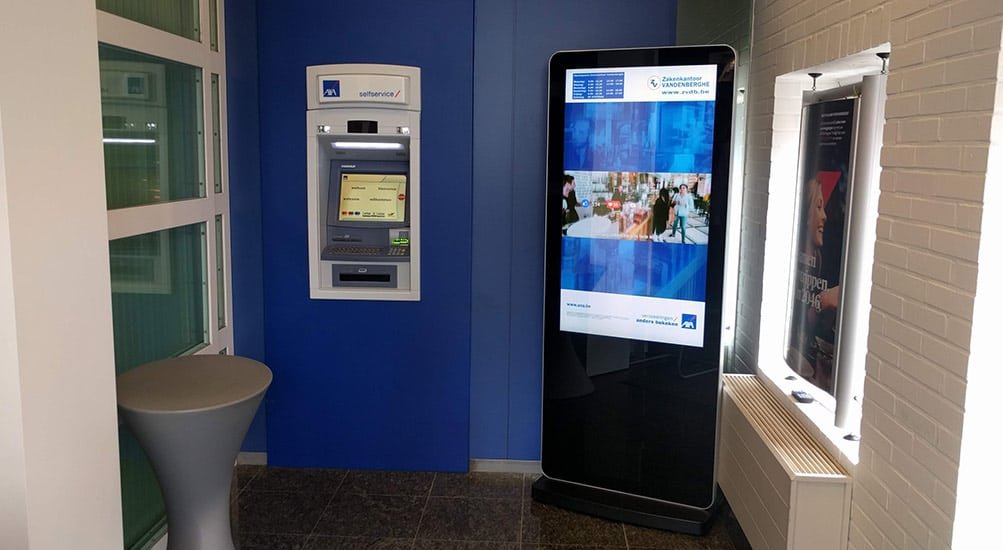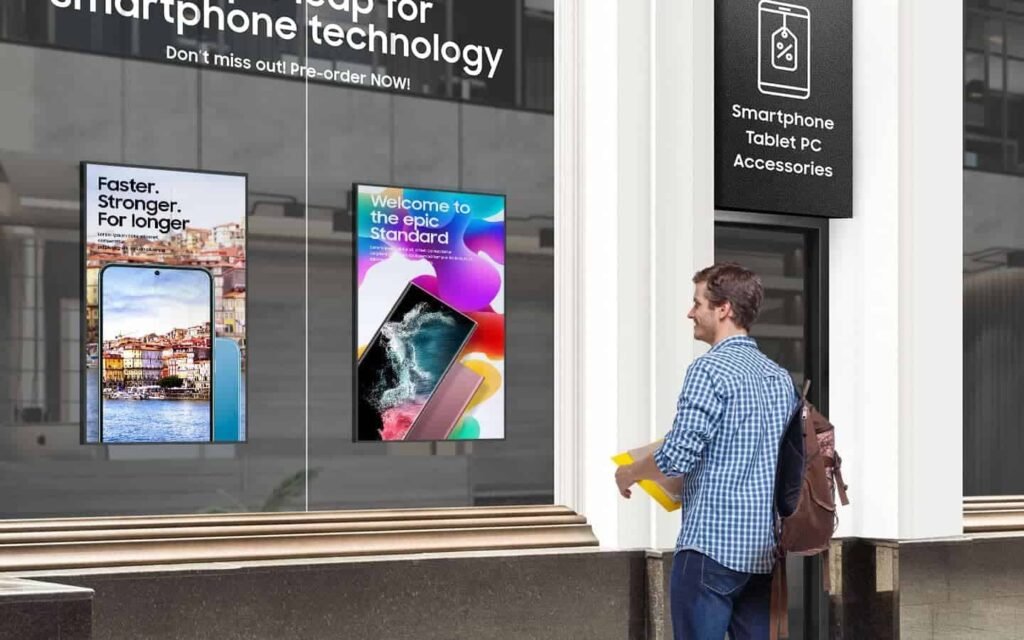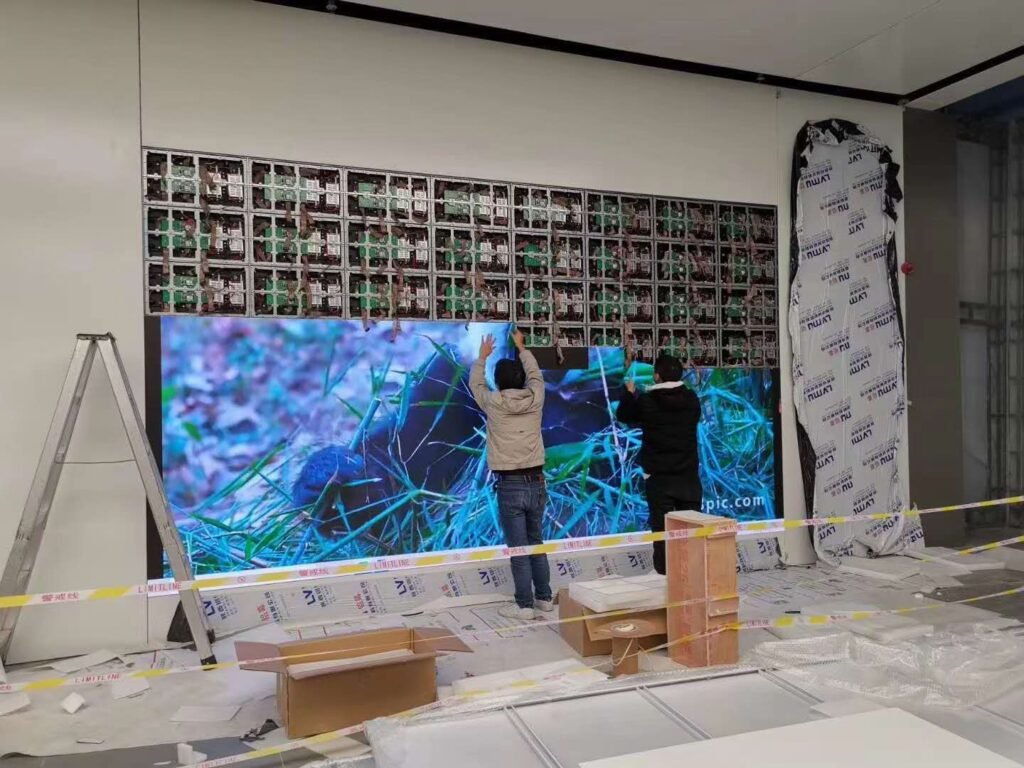Digital signage refers to electronically-driven sign displays that feature rich digital content such as videos, images, text, and graphics. It utilizes LCD, LED, and other display technologies controlled via software to dynamically display promotional and informational content. Digital signage first emerged in retail and transportation but has since spread to various other sectors, including education. As an effective medium for mass communication, it plays a crucial role in modern-day schools by enhancing information delivery and student engagement.

Understanding Digital Signage in Education
In modern schools, digital signage plays a critical role in facilitating the broadcasting/distribution of important information and engaging students. As active learning takes priority, signage displays strategically placed across campuses allow seamless communication of real-time updates, announcements, and instructions to keep the learning community informed.
Key benefits of digital signage for educational institutions include (but are not limited to) the following:
- Enhancing Communication
Through centrally managed content, digital signage ensures all members of the school community, from administrators to visitors, are well-informed of schedules, alerts, and changes.
- Improving Engagement
Using interactive formats, digital signage stimulates student interest by broadcasting engaging announcements indoors and outdoors.
- Streamlining Information Delivery
Powered by management software, the network simplifies automated message delivery to all screens simultaneously, hence streamlining staff efforts.

Implementing Digital Signage for Educational Purposes
Effectively leveraging digital signage in educational settings requires considering several crucial factors as well as adopting best practices. Various technical specifications, deployment details, and upkeep aspects must be evaluated to optimize signage ROI and functionality for entire learning communities. Key considerations include:
- Scalability:Select displays that are modular enough to expand the network size and location quantity because needs evolve over time.
- Durability:Choose robust panels built to withstand frequent interaction, touches, and movement around busy student areas.
- Maintenance:Evaluate system designs with easy maintenance and repairs in mind, e.g., swappable/replaceable components.
Best practices for implementing digital signage in educational settings include organized processes that streamline operations and maximize impact. Here are some recommendations:
- Content Creation and Management:Use centralized software to simplify message production, scheduling, and publishing across all screens in the school.
- Customization for Different School Departments:Tailor displays per room/department to increase relevance for varying student and staff groups.
- Integrating Safety and Emergency Notifications:Incorporate urgent alert broadcasting standards to seamlessly integrate emergency notifications into the digital signage network. This ensures the system can quickly provide critical information if needed.

The Color’s Interactive Touchscreen Displays: Revolutionizing Learning Environments
When implementing digital signage, innovative and reliable solutions tailored to education settings should be prioritized. The Color is well-known for interactive displays that support collaborative education. We are a custom commercial display provider with years of experience in various industries. Our comprehensive product range spans digital signage, touch displays, video walls, and customized solutions. Most notably, our interactive panels for education reinvent interactivity and digital signage for schools.
The Color’s 32” Interactive Touchscreen Board is a versatile digital display solution designed for educational environments. This multi-touch board enables dynamic classroom collaboration and engagement. Some of its key features include:
- Powerful quad-core processor (982, 1.92GHz) for seamless performance
- Generous memory capacity (4G/8G optional) for smooth operation of multiple apps
- Advanced Android 11 OS with built-in app store
- Large storage variants for retaining lesson content and files
- High-resolution (1920×1080) interactive touchscreen display for superior teaching
- Built-in Wi-Fi and Bluetooth for easy wireless connectivity
- Accurate, responsive multi-point touch for natural writing
- Quality built-in speakers for engaging audio-visual lessons
In educational settings, this digital signage android product transforms any space into an engaging digital classroom or conference area. Easily mounted on walls or mobile stands, it facilitates interactive lessons, meetings, and presentations. Its wireless sharing capability and whiteboard apps optimize collaboration, while its robust build withstands everyday classroom use.
Conclusion
In summary, digital signage brings many benefits to modern education by facilitating engaging visual communications. When paired with an interactive display like the 32” Interactive Touchscreen Board, it becomes a transformative teaching and learning tool. As young minds are increasingly attuned to digital media, educational institutions must harness signage’s full potential to enhance information delivery and boost student participation through immersive experiences. The Color is at the forefront of delivering premium digital signage solutions tailored to educational needs. You can contact us to learn all of our innovative offerings.


